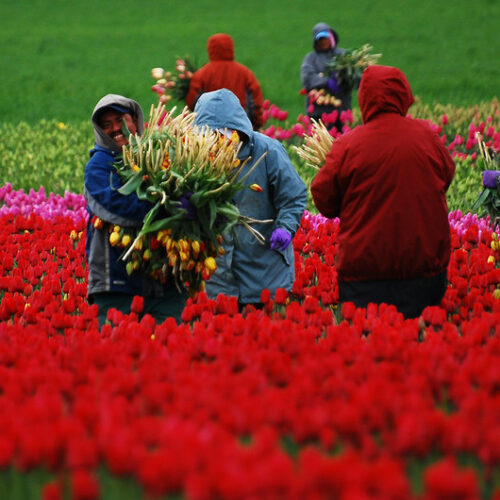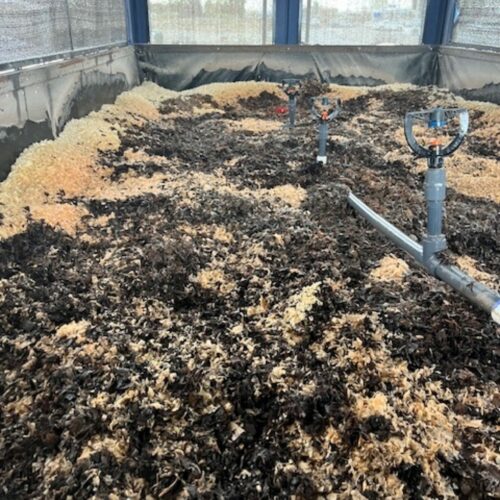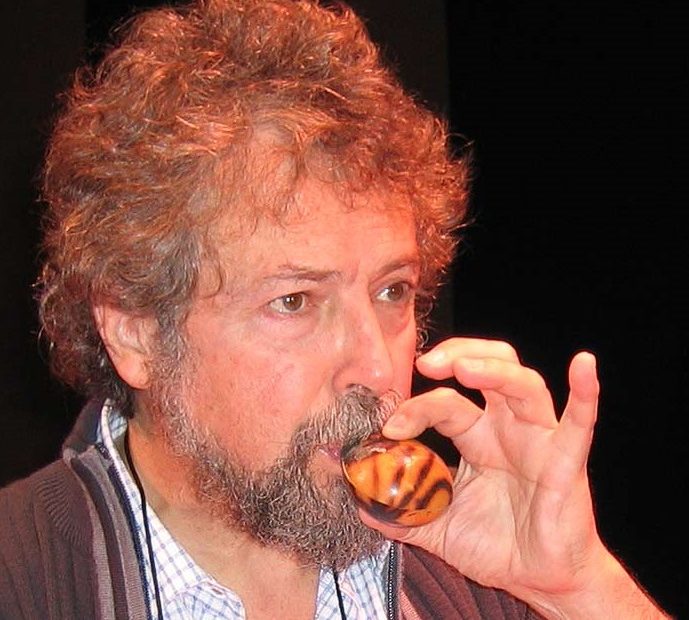
This Gourd Is An Instrument Of Love – Find Out Why
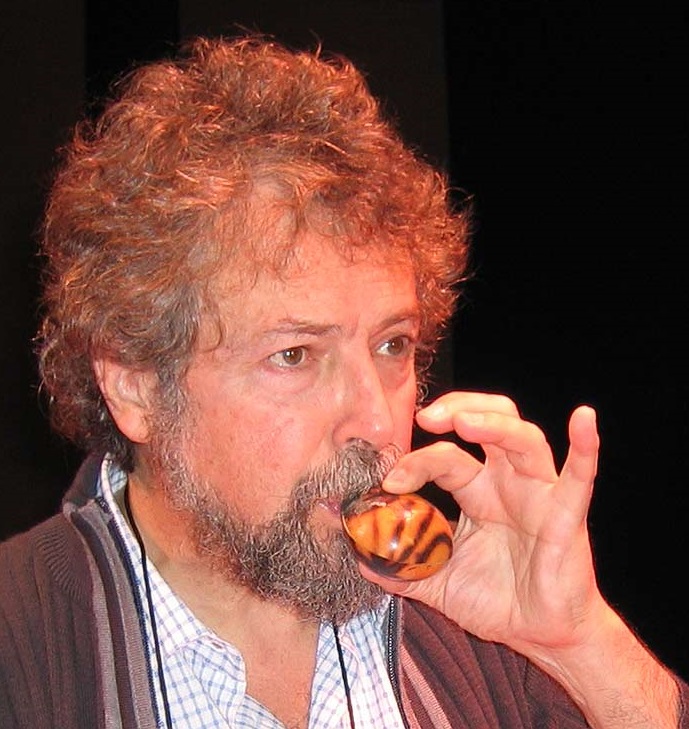
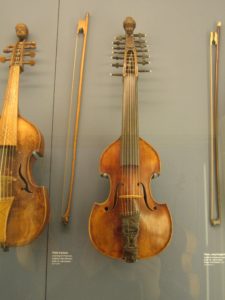
Viola d’Amore. / Andrew Plumb, Wikimedia Commons
Ah, June. Wedding season for so many, when even musical instruments can declare their loving intentions. D’amore: Italian, meaning “of love.” And what does “love” mean? Sympathetic vibrations, a soft, comforting voice, a whisper into the mysterious dark of the ancient, natural world. Welcome to the instruments d’amore: viola, oboe, and…yerbomatófono?
The viola d’amore makes the love connection obvious: its half-dozen strings are matched by a second set of strings, strung below the fretboard, which literally vibrate in sympathy with the ones being massaged by the bow. A carved head of Cupid, blindfolded, often decorates the end of the pegbox—topping off all those vibes as a three-dimensional meditation on “Love is blind.” Vivaldi and Bach wrote for the viola d’amore. Puccini wrote a viola d’amore into Madama Butterfly, humming along with the chorus. Of course.
The rich, round sound of the oboe d’amore may have earned the instrument its nickname in opposition to the popularity of its higher-pitched cousin, a feature in military bands around the time of Beethoven. Indeed, “oboe,” in its French original name, “hautbois,” means “high (or loud) wood.” It’s a loud woodwind! But open out the end of the oboe’s tube into a pear shape, and you lower and soften the sound. Hence, “oboe d’amore.” Richard Strauss uses it to represent the child in his Symphonia Domestica. Ravel gives it a sexy turn in Bolero. And Prokofiev puts the oboe d’amore into his music for Romeo and Juliet. Of course.
And the yerbo-WHAT-ófono? Yerbomatófono d’amore, both ancient and new, is one of dozens of whimsical PDQ Bach-style instruments made up by a band of Argentinian musical clowns who call themselves Les Luthiers. It’s a kind of ocarina fashioned from the gourd traditionally used to drink yerba mate. The gourd is also called a mate. So Luthiers founder Gerardo Masana imagined yerba mate music: “You cut a gourd in half, and line up the two halves with great care, so the edges meet. Then, when you sing through the opening, the mate vibrates, and the sound of your voice is both amplified and distorted.” Yerba mate, the classic Argentinian drink, is said to both heal and energize. When the mate channels your voice, it amplifies and distorts. Kind of like love, right? Hence, the yerbamatófono d’amore. Of course!
So, here’s wishing you a June filled with sympathetic vibrations and soft voices. Enjoy the sounds of the natural world as you enter the season of sunshine, and, of course, remember to add a healthy dose of classical music to these long and lovely days.
Related Stories:
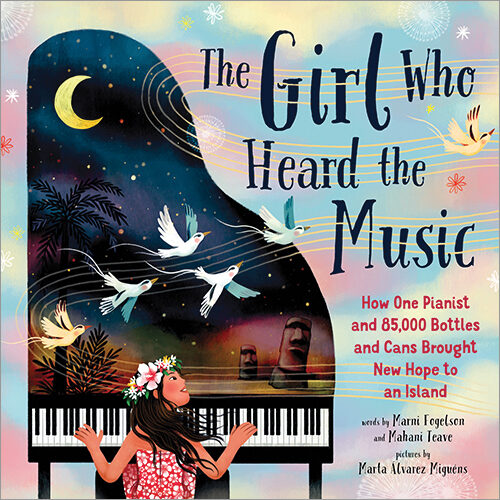
BOOK REVIEW: The Girl Who Heard The Music
When’s the last time you watched a Tiny Desk Concert? NPR’s popular in-office show became the Tiny Desk (Home) Concert when the pandemic hit. On June 24, 2021, one artist’s home studio performance came from a remote island in the south Pacific Ocean, two thousand miles west of Chile. The pianist Mahani Teave (teh-AH-veh) offered not only Handel and Chopin, but also a tour of the music school she helped to build on the island of Rapa Nui, where she grew up. Continue Reading BOOK REVIEW: The Girl Who Heard The Music
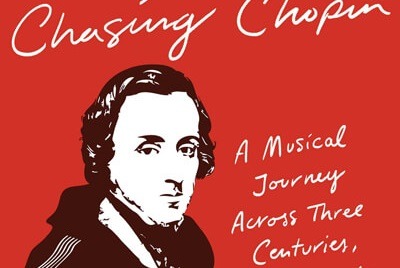
BOOK REVIEW: Chasing Chopin: A Musical Journey Across Three Centuries, Four Countries, And A Half-Dozen Revolutions
LaFarge’s Chopin journey began with an email to the creator of the video game “Frederic: The Resurrection of Music” during the 200th anniversary year of Chopin’s birth. An amateur pianist, she wanted to explore the game’s use of Chopin’s iconic “funeral march.” Of course, like all explorers, she couldn’t stop there. Continue Reading BOOK REVIEW: Chasing Chopin: A Musical Journey Across Three Centuries, Four Countries, And A Half-Dozen Revolutions
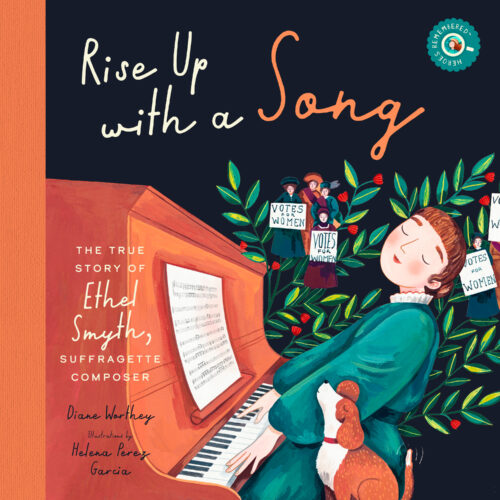
BOOK REVIEW: Rise Up With A Song: The True Story Of Ethel Smyth, Suffragette Composer
Do you know a girl who bounces across the lawn, no matter what dress she’s wearing? Jumping, singing, climbing trees? That’s the kind of girl this story is about. Continue Reading BOOK REVIEW: Rise Up With A Song: The True Story Of Ethel Smyth, Suffragette Composer




